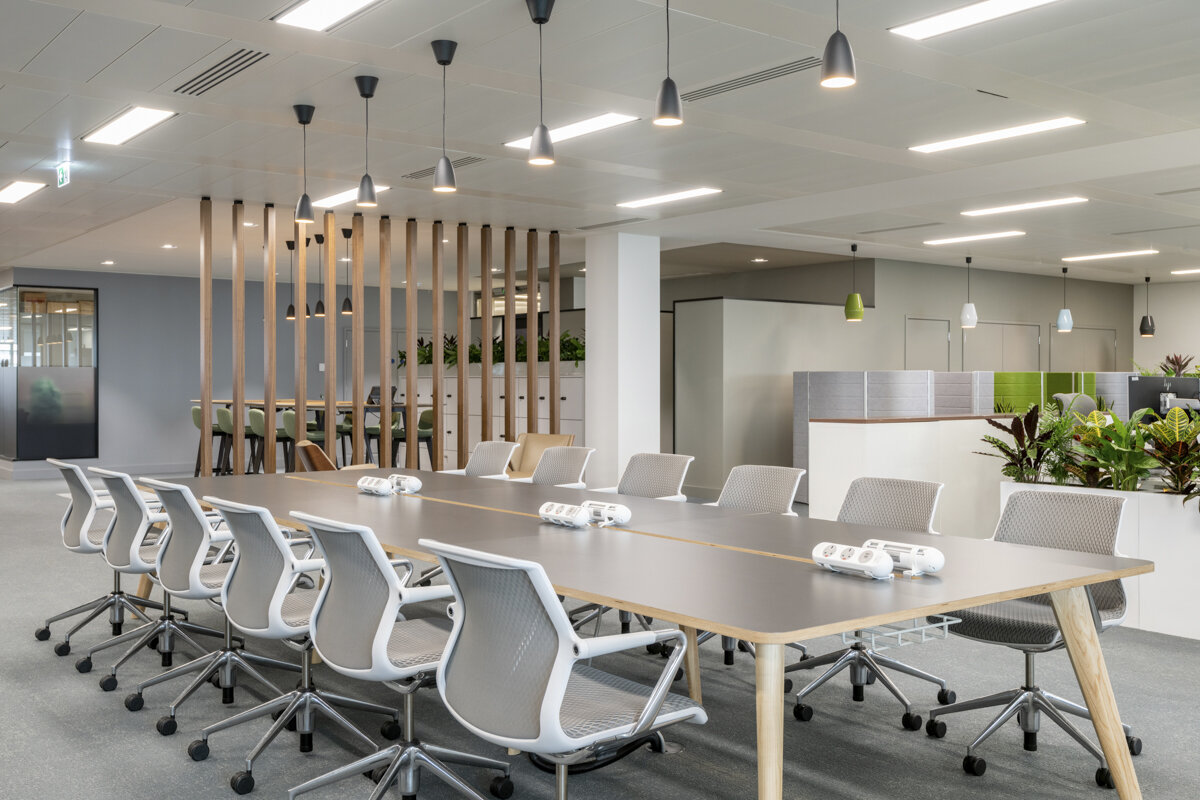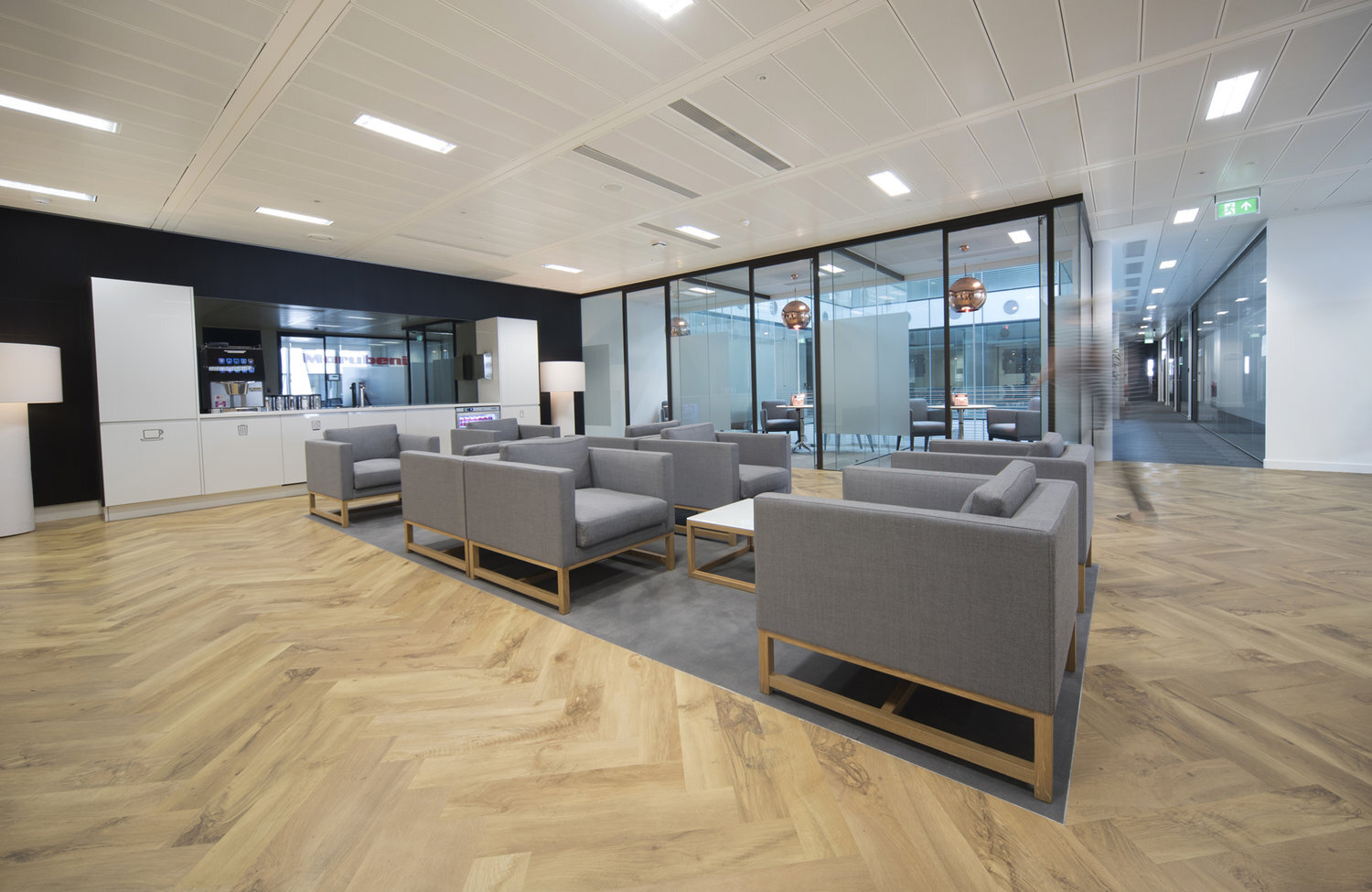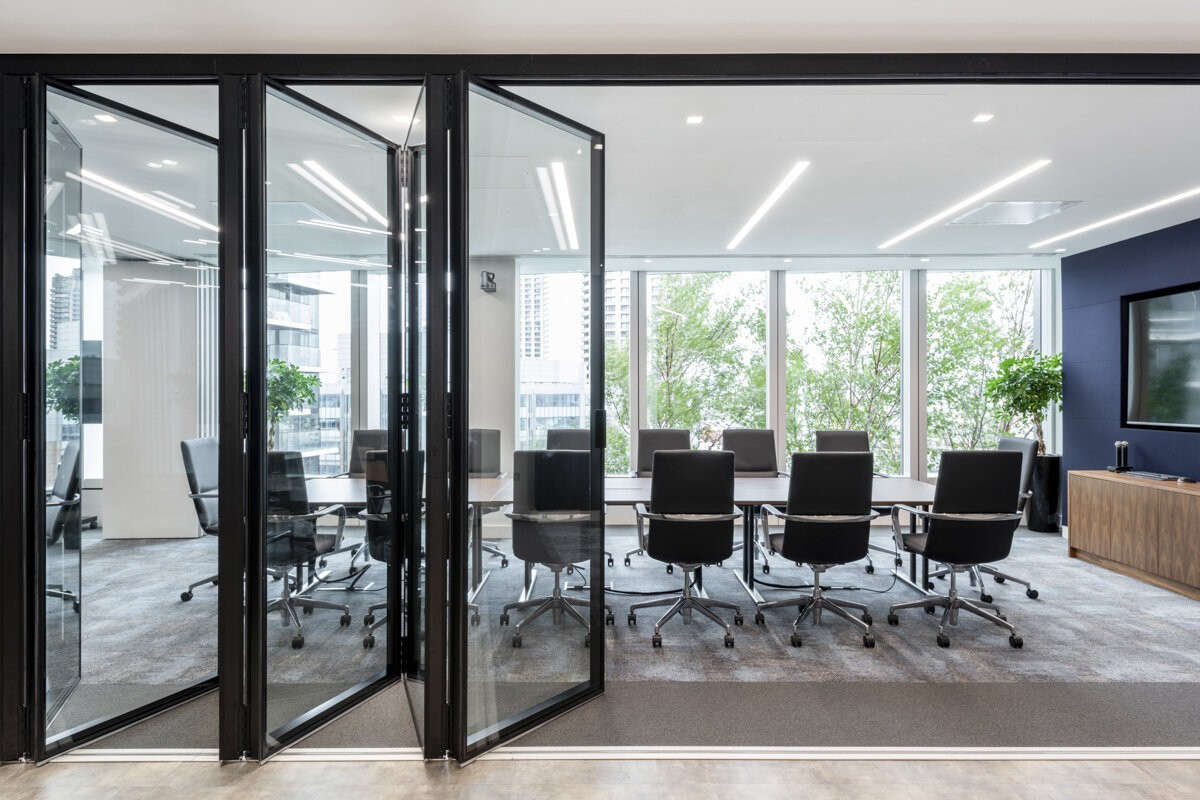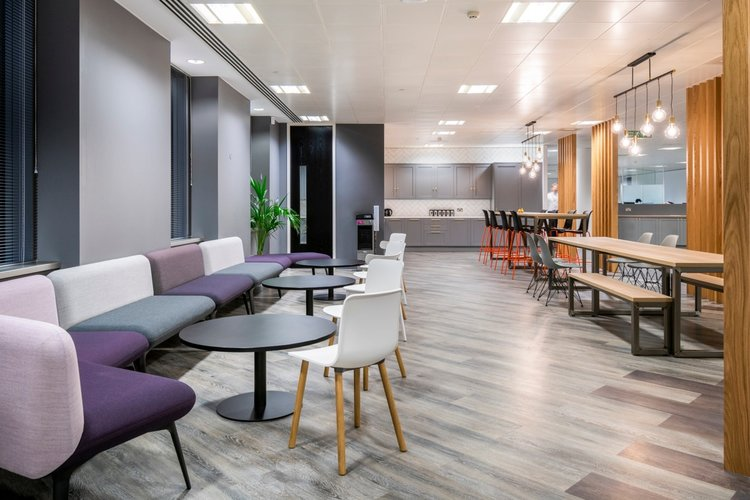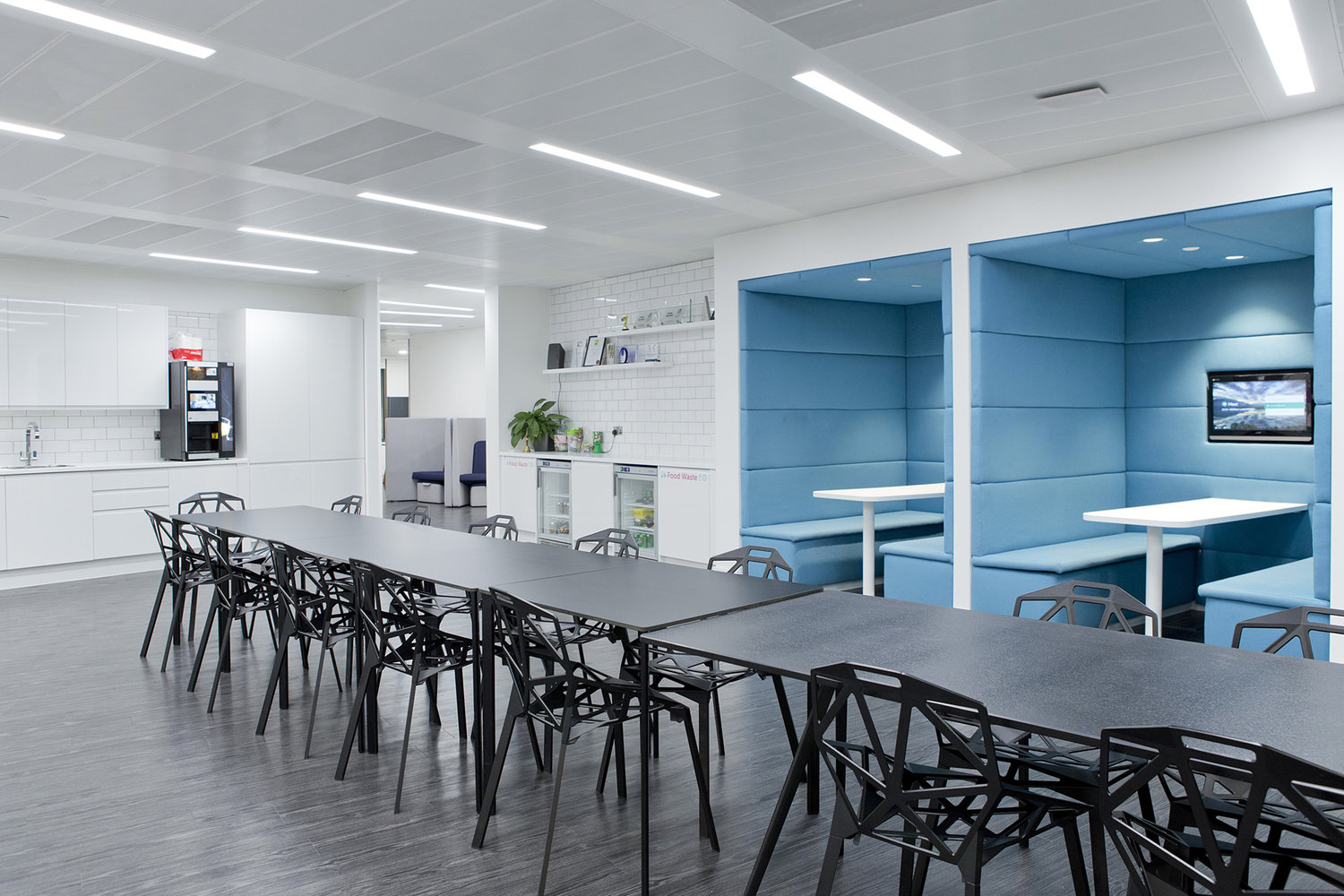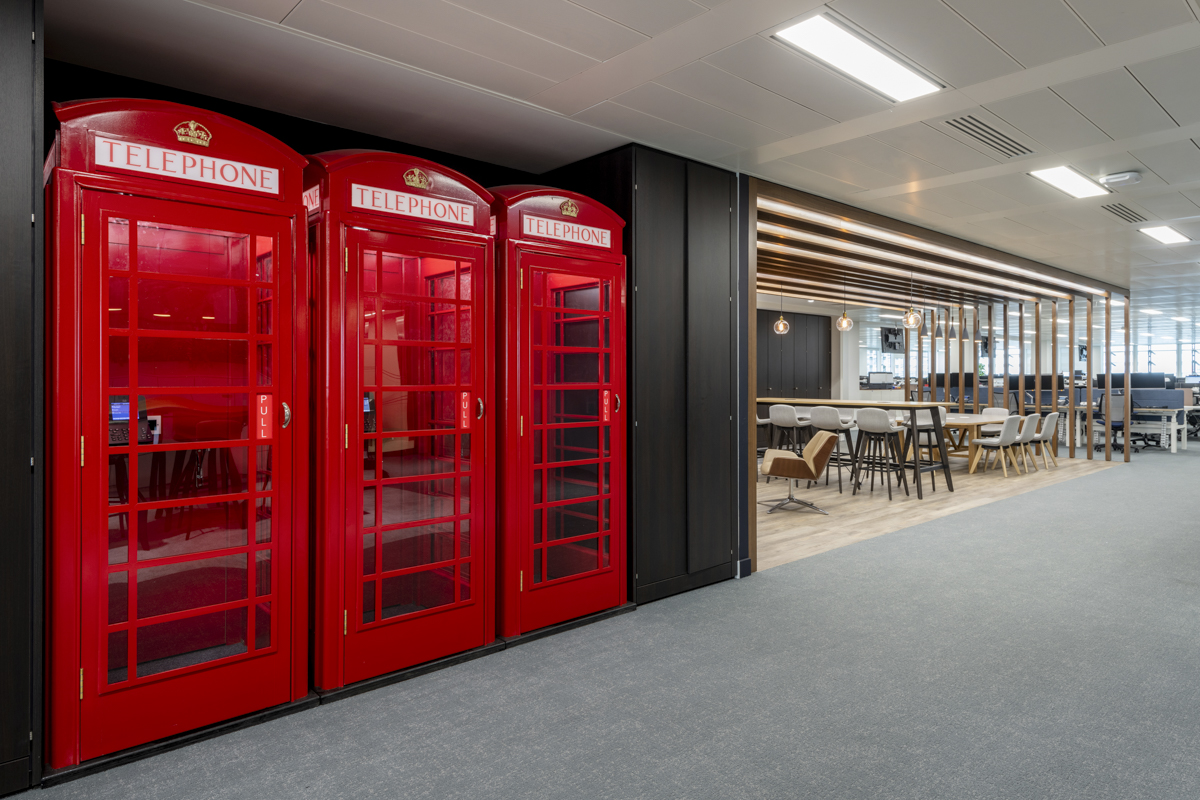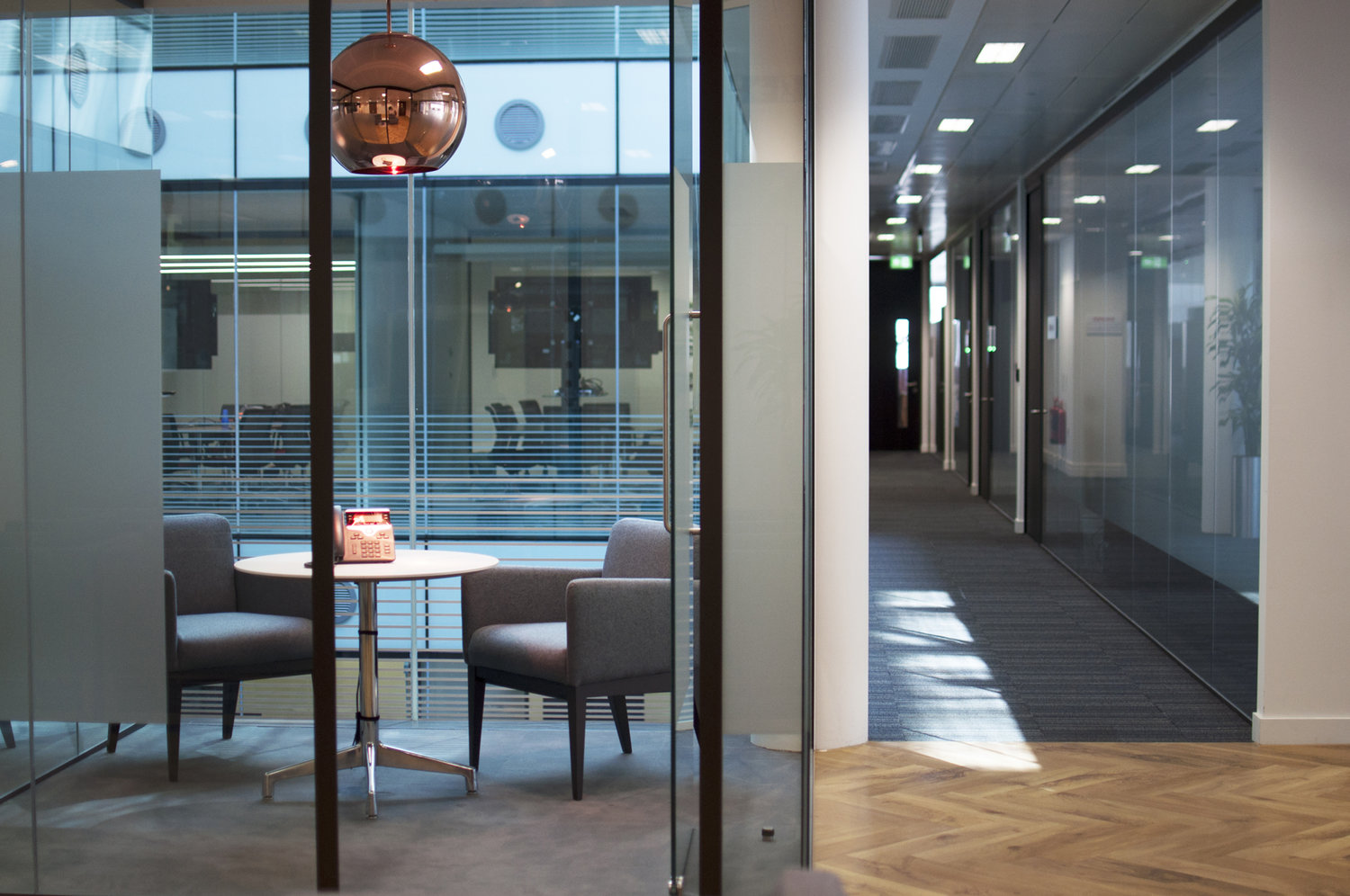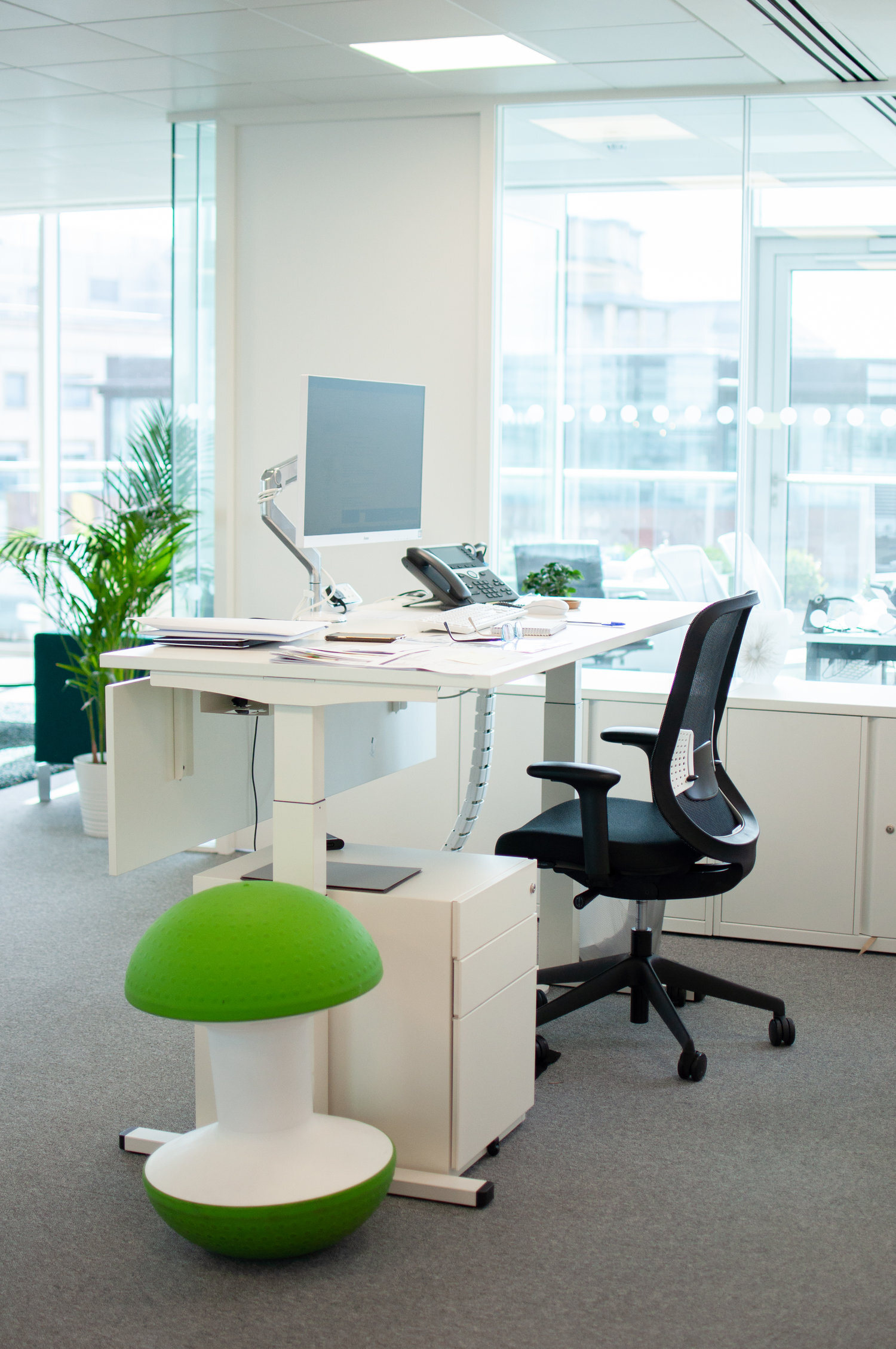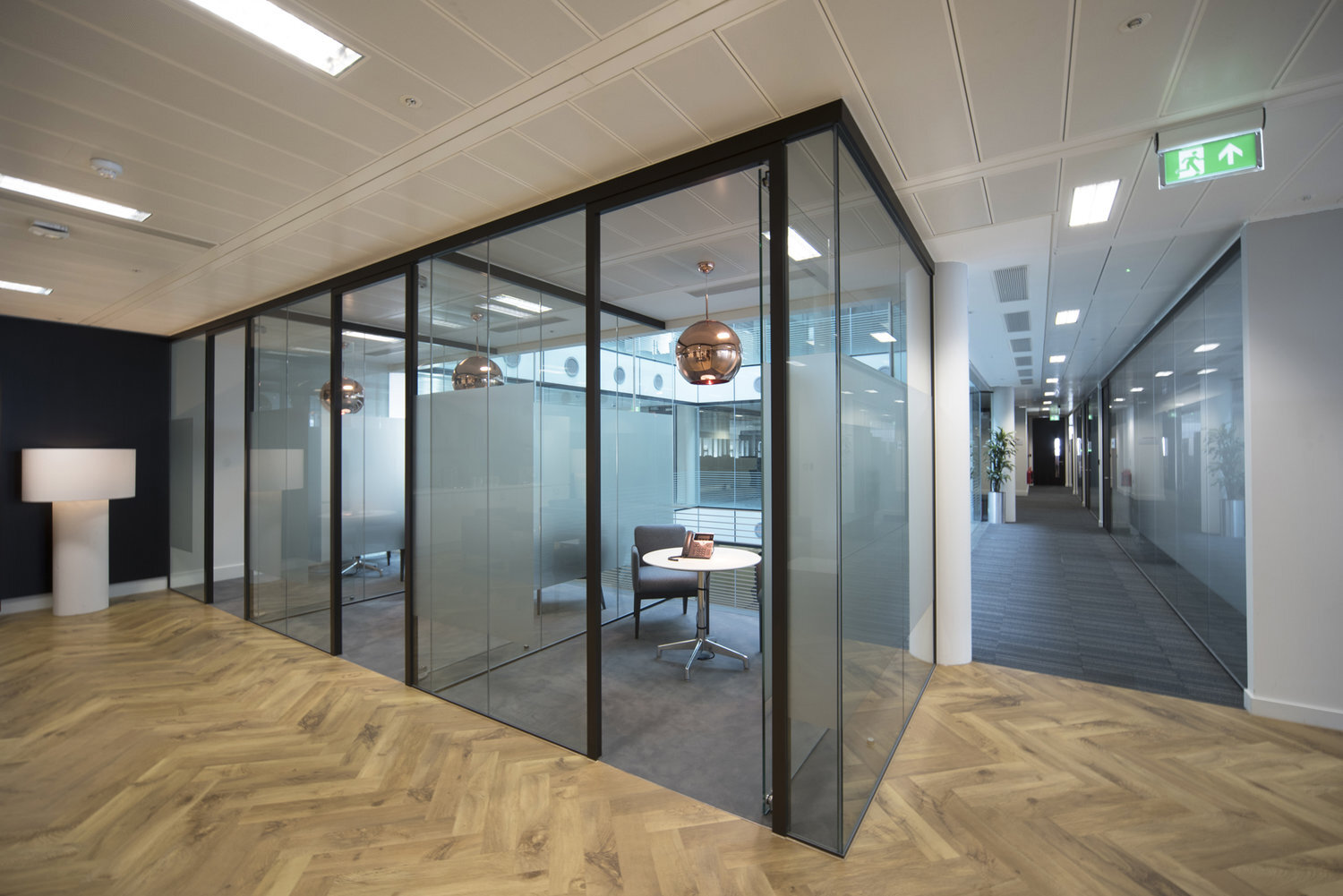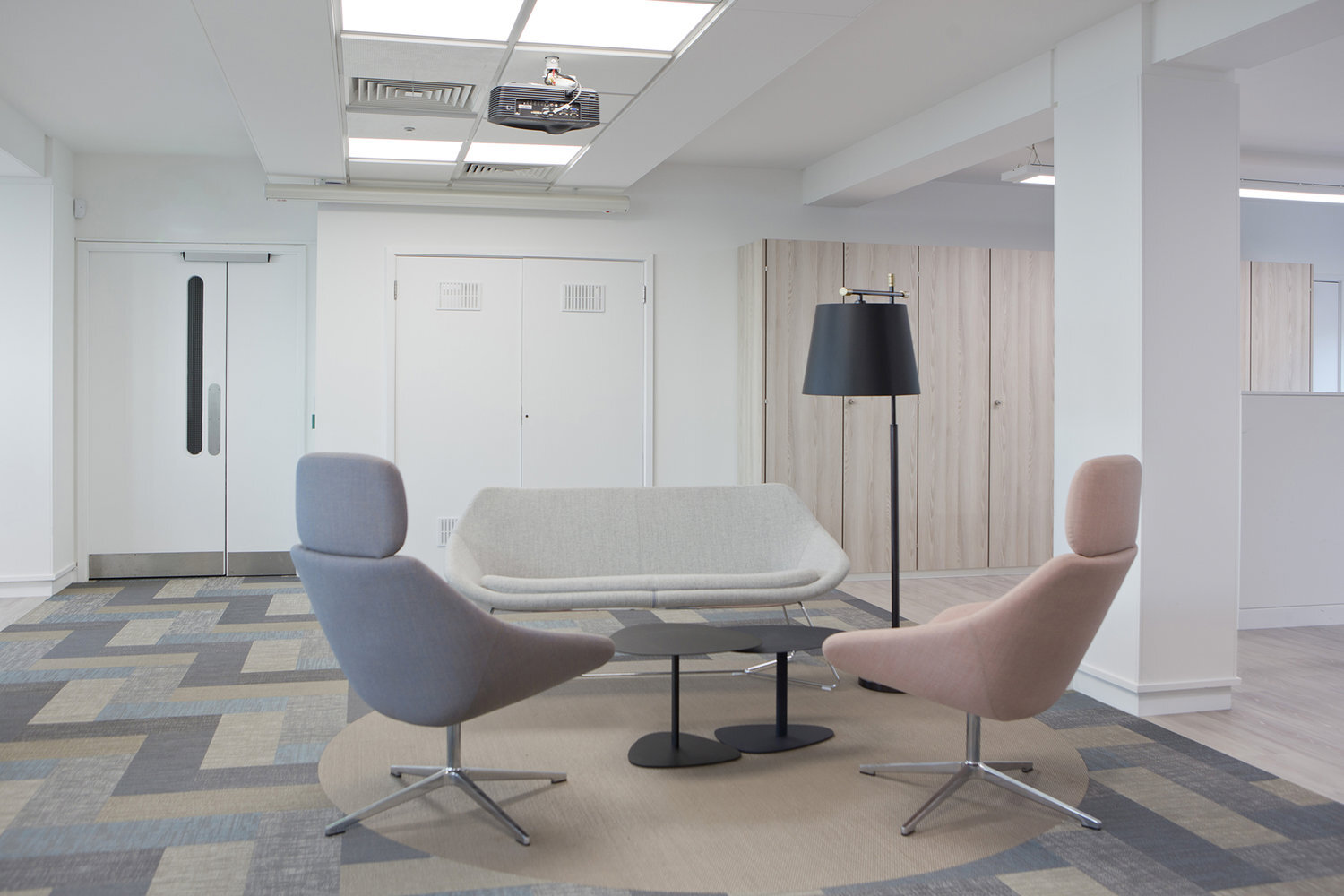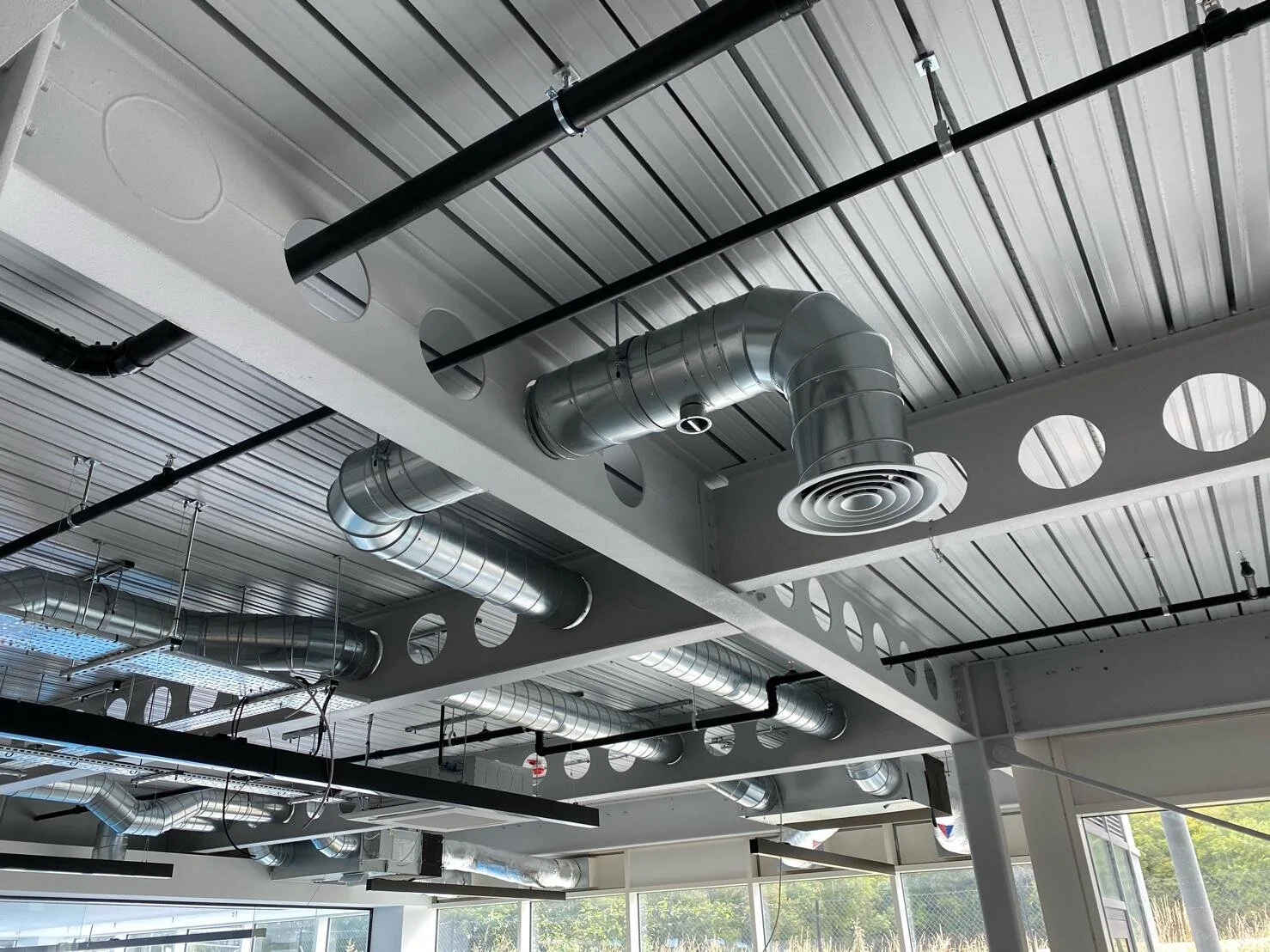The role of the office is now changing and evolving. As we near the end to what we hope will be the final lockdown, firms are now planning the future shape and size of their offices and how best to create a seamless blend between teams working within the office and those working from home.
But in creating this new ‘blended office’ approach, a key factor companies need to keep in mind is this - it's not just about remodelling your office to accommodate on site and remote working, it's about reimagining how your office will work both post pandemic and five years into the future. This has consequences in how you should think about and approach a blended office concept, in order to deliver the best results for your company, your staff and your bottom line.
Reimagining your office
With many companies planning to retain a proportion of time spent working from home, the role of the office is naturally evolving. Gone will be the need to accommodate all staff on a daily basis, meaning that the old desk-per-person policy may no longer be required. As a result, occupational density will fall, less desks will be required, making way for floor space to be used in different and more productive ways.
The office of the future will therefore be about creating a space for people to meet and gather, to exchange ideas, launch new projects, and collaborate in both formal and informal ways. This, in turn, will require a reimagining of how meeting rooms, formal and informal spaces and collaboration zones are laid out and used, and how they seamlessly connect to team members working remotely.
However, individual work and workspaces will continue to be an important aspect of the office. After getting together for meetings, teams will still need a head-down space to work, and individuals will still require quiet zones in which to retreat to either work or Zoom.
For most companies, the cost of your office floor space is second only to the cost of employee salaries, meaning that it is imperative to use it in the most productive and cost effective way.
Culture is key
Moving towards a blended office concept has important cultural aspects that also need to be taken into account. After all, offices are all about people and an important goal of the office space is to create an environment that optimises the happiness and productivity of teams.
To create the right culture in your post-pandemic workplace, it is important to first understand your staff’s issue and concerns with regard to both returning to and working in the office, and their feelings about continuing to work remotely on a more permanent part-time basis.
Working with clients, we have found that there are not only differences between companies but also between staff groups within companies, meaning that bespoke solutions need to be applied.
Remembering those working from home
In tandem with reimagining the office, companies also need to consider their duty of care to staff working from home. Initially, working from home under COVID-19 was just a stopgap solution with employers sending staff home, often with a little thought about their home working environments.
This has not only been bad news from individuals' posture, health and wellbeing, but also for employers' duty of care - under the law, companies are responsible for the equipment their staff use irrespective of where they are using it. Companies therefore now need to think longer term about their employees’ safety and welfare, and ensure they are using equipment which is ergonomically designed and meets Health & Safety (HSE) and Display Screen Equipment (DSE) regulations.
How Cityspace can help
The team at Cityspace is currently working with a number of clients to help them reimagine their office space and create a new blended office that meets their organisational needs.
We can help you understand how your staff really feel by conducting staff surveys in conjunction with our specialist research partner, Baker Stuart, one of only 10 companies in the world who are accredited for the WELL building standard.
We can help you meet your duty of care as an employer by conducting home working DSE assessments through our partner DSE Assessments Ltd, which are comprehensive in identifying risk and recommending actions for improvement. And, through our sister company Homespace, we can provide you with the best homeworking packages suitable for full-time work (please visit www.homespaceoffice.co.uk).
If you would like any help, advice or further information, please give us a call on 0207 638 4250 or email info@cityspacemanagement.co.uk.


